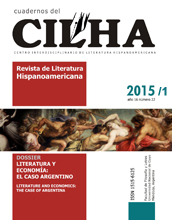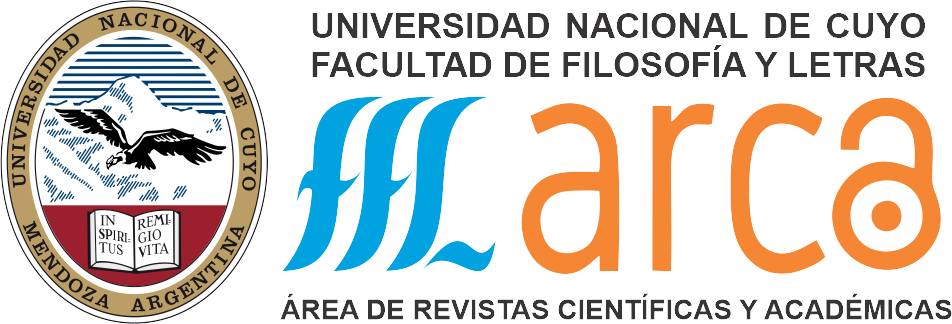Desert, capitalism and macho values: conjunction of the feminicide forces in "The part about the crimes" of 2666
Keywords:
Feminicides, Non-place, Desert, Misogny, Male chauvisnismAbstract
The geographic-politic-economic-social location of Santa Teresa, the town-protagonist of the novel 2666 by Roberto Bolaño, is conspicuous; the present essay analyzes the feminicides described in "The Part About the Crimes" of this novel from the perspective of the spatial location that contains key implications on the cultural conditions and the ethical values of the described society. The concept of non-place of the anthropologist Marc Augé, who proposes that in the transit spaces the values are fluctuating; the desert, of values, as of emotions and empathy, the notion developed by the philosopher Gilles Lipovetsky; and male chauvinism and misogyny explicated by the chicana writer and essayist Gloria Anzaldúa, contribute to comprehend the existence of a specially fecund environment for the phenomenon of the feminicides.
References
Agamben, Giorgio. "Qué es un campo?", Sibila, n. 1, enero 1995. En línea: http://www.oei.org.ar/edumedia/pdfs/T06_Docu4_Queesuncampo_Agamben.pdf Consultado: 3/12/2014.
Anzaldúa, Gloria. "Borderlands/La Frontera". In: Michael Ryan (coord.). Literary Theory: An Anthology. Julie Rivkin y Malden: Blackwell Publishing, 2004: 1017-1030.
Augé, Marc. Los «no lugares» espacios del anonimato. Barcelona: Editorial Gedisa, 1992.
Bolaño, Roberto. 2666. Barcelona: Anagrama, 2004.
Bolaño, Roberto. Entre paréntesis. Barcelona: Anagrama, 2008.
Diccionario de la Real Academia Española. En línea: www.rae.es Consultado: 3/12/2014.
González Rodríguez, Sergio. Huesos en el desierto. Barcelona: Anagrama, 2002.
Lipovetsky, Gilles. La era del vacío. Barcelona: Anagrama, 2002.
Molina Díaz, Miguel. "Los feminicidios en 2666 de Roberto Bolaño", Contramancha. Revista de arte. En línea: https://contramancha.wordpress.com/2012/11/25/los-feminicidios-en-2666-de-roberto-bolano/ Publicado el 25 de noviembre de 2012. Consultado: 3/12/2014.
Solotorevsky, Myrna. La relación mundo-escritura. Gaithersburg: Ediciones Hispanoamérica, 1993.
Stajnfeld, Sonja. "Cuatro imágenes del mal en 2666 de Roberto Bolaño", Fuentes humanísticas, n. 44, 2012: 69-82.





















